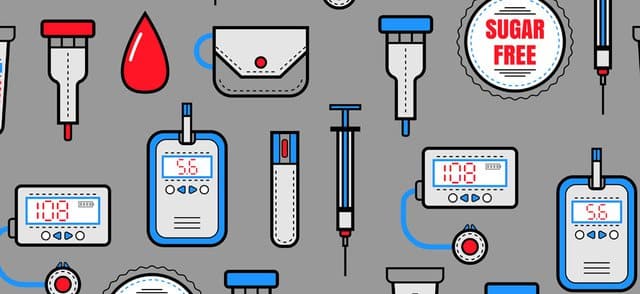Introduction:
The Evolution of Continuous Glucose Monitoring Metrics
In the dynamic landscape of diabetes care, continuous glucose monitoring (CGM) has emerged as a transformative tool, providing real-time insights into glycemic fluctuations.
A recent addition to the arsenal of CGM metrics is the Glycemia Risk Index (GRI), introducing a nuanced perspective on individuals’ time spent in hypoglycemia or hyperglycemia.
Tip: Please fill out the form if you or a friend would like more information on CGM devices.
This article explores the groundbreaking study data presented in Diabetes Technology & Therapeutics, shedding light on how Glycemia Risk Index outshines the traditional metric of time in range (TIR) when assessing hypoglycemia risk for adults with diabetes.
Key Findings:
Redefining Glycemic Assessment with Glycemia Risk Index
Introduced in 2022, the Glycemia Risk Index was designed to capture a more comprehensive understanding of glycemic control, particularly focusing on the time individuals with diabetes spend in hypoglycemia or hyperglycemia.
Dr. Jae Hyeon Kim and colleagues embarked on a study that delved into 90-day CGM tracings from 194 insulin-treated adults with diabetes. Notably, the majority of participants had type 1 diabetes, and they utilized Dexcom G5 or G6 CGM systems.
The GRI, incorporating both hypoglycemia and hyperglycemia components, provided scores indicative of the quality of glycemic control.
One of the noteworthy findings was the increased Glycemia Risk Index among adults with a TIR below 4%, emphasizing GRI’s heightened sensitivity to hypoglycemia risk even in cases where TIR was relatively higher.
Must Read CGMs in noncritical care hospitals optimizes glycemic control
Comparative Analysis:
GRI vs. TIR and Composite Metrics
What makes this study groundbreaking is its comprehensive comparison of GRI with TIR and other composite CGM metrics in a clinical setting. Through meticulous linear regression analysis, the researchers revealed a negative correlation between GRI and TIR.
This underscores the unique capacity of Glycemia Risk Index to assign greater significance to hypoglycemia in comparison to hyperglycemia, marking a departure from conventional metrics.
In a longitudinal analysis, the study explored changes in GRI and TIR following improvements in time below range. Impressively, GRI demonstrated enhancement when time below range improved, showcasing its responsiveness to shifts in glycemic control.
Read Guide about Wegovy Dosage Guide: The Best Way For Weight Loss
Clinical Implications:
GRI’s Weighted Approach to Hypoglycemia and Hyperglycemia
While time in range remains a valuable metric, GRI introduces a novel approach by assigning weight to hypoglycemia on par with hyperglycemia.
This shift aligns more closely with the nuanced judgments made by experienced clinicians. The study’s findings imply that GRI could offer a more comprehensive view, providing healthcare practitioners with valuable insights for more effective diabetes management.
Also, read about A Guide to Informed Blood Sugar Monitoring Choices
Conclusion:
Shaping the Future of Glycemic Assessment
In conclusion, this study not only validates the utility of Glycemia Risk Index in assessing glycemia quality but also extends its applicability to the Asian population.
As healthcare professionals delve into these metrics, understanding the nuances between Glycemia Risk Index and TIR becomes imperative.
Glycemia Risk Index ‘s ability to pinpoint hypoglycemia risk offers a promising avenue for refining diabetes management strategies, ultimately improving patient outcomes.
The ongoing evolution of CGM metrics, exemplified by the emergence of GRI, continues to shape the future of glycemic assessment in diabetes care.


